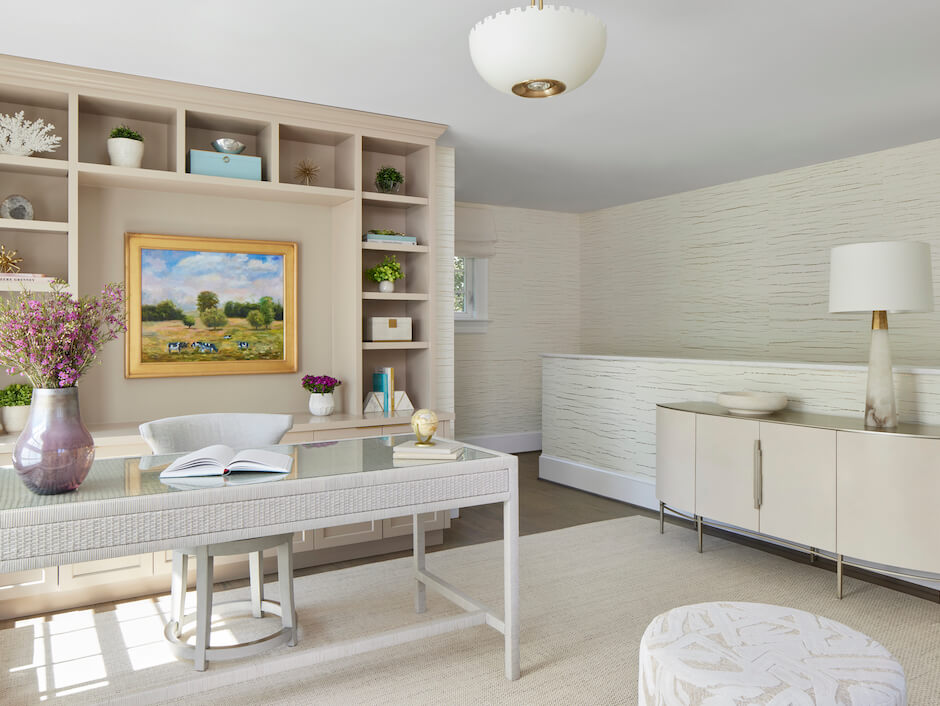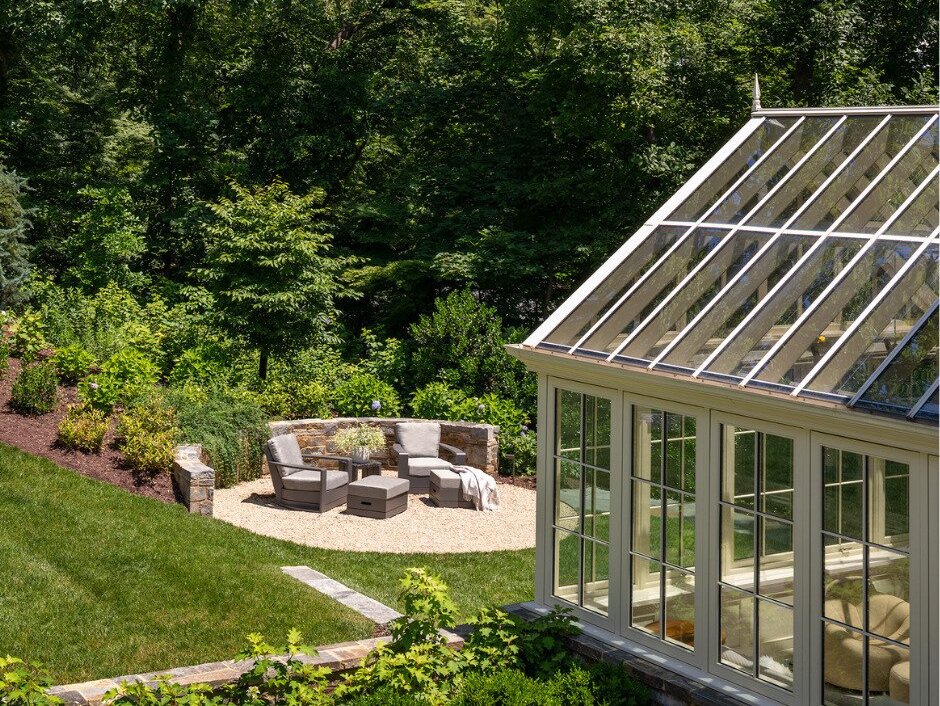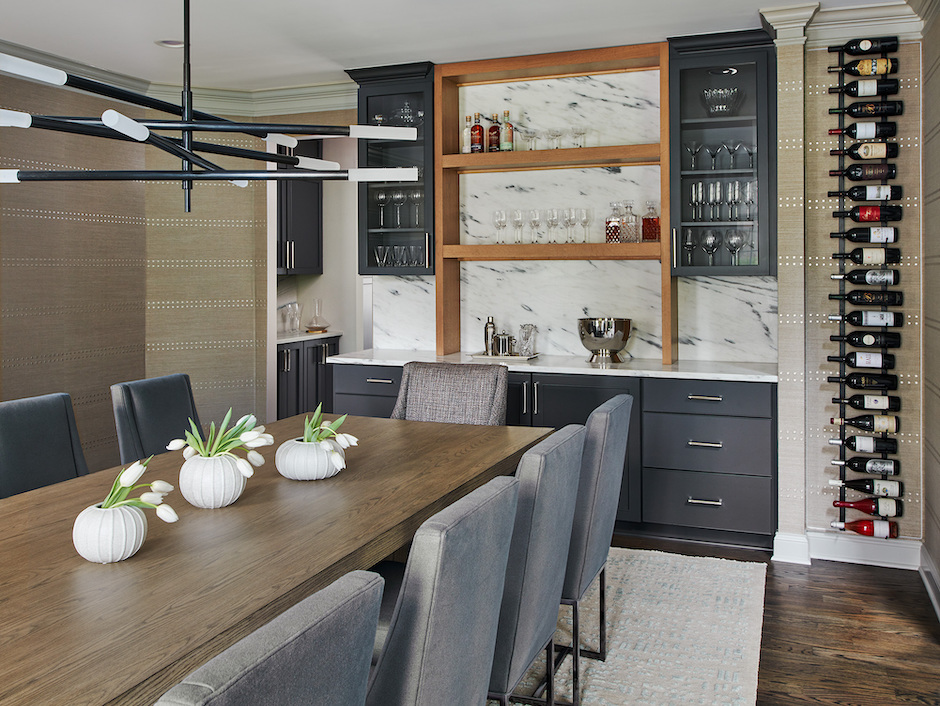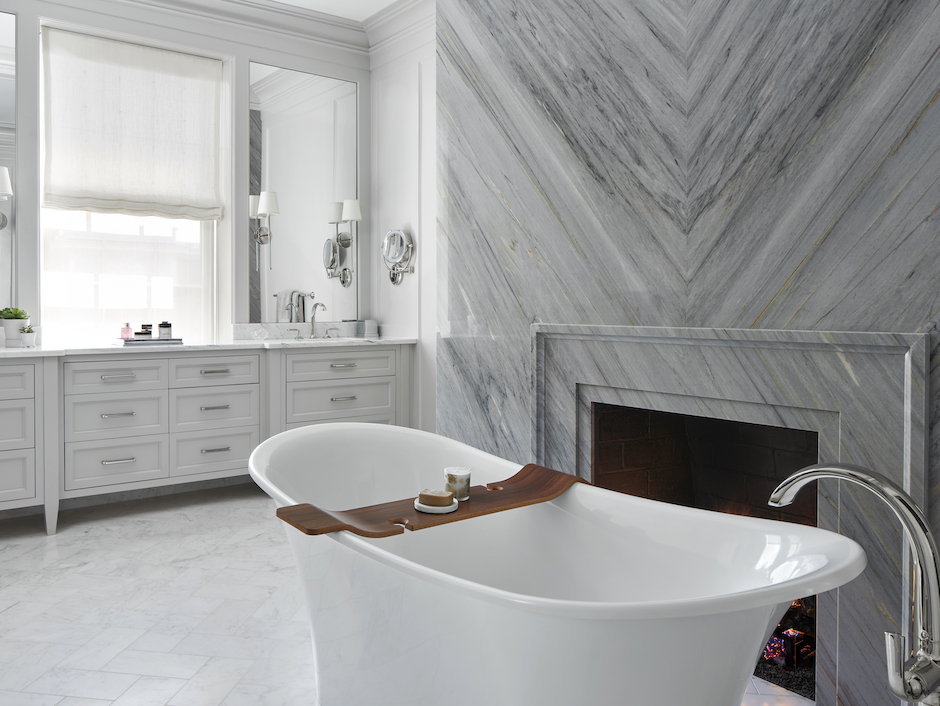TMD Inspiration
Color Schemes for Your Home
Categories
Recent Articles
GET IN TOUCH
On social
By phone
202 465-8114
By Mail
1350 Beverly Road, Suite 115
PMB 143
McLean, VA 22101
By form
Interested in working with us?
Use the contact form to tell us more about your project. Someone will get back to you within 48 business hours.
Based in McLean, VA
Creating inspired interiors for discerning clients since 2003. Accepting clients in DC, Virginia, Maryland, and select cities throughout the United States.
Color Schemes for Your Home
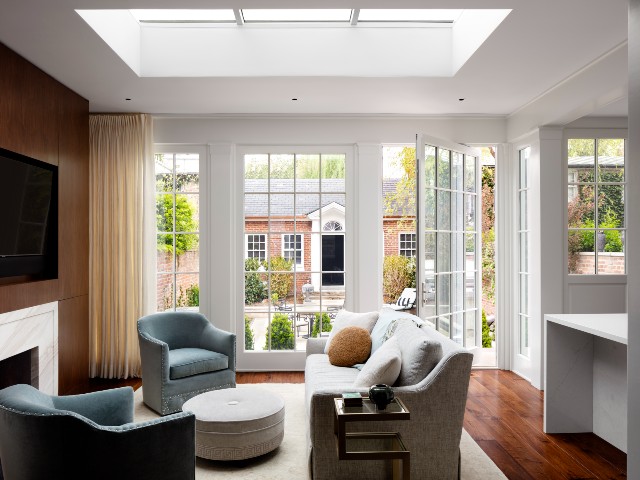 Does every room need to match? Or does experimenting with style lead to more interesting homes? Establishing a color scheme can be a great way to tie your home together and create a flow from room to room without feeling too bland or uninspiring. While picking a color scheme for your whole house might sound daunting, keep reading for six tips on creating this cohesive look.
Does every room need to match? Or does experimenting with style lead to more interesting homes? Establishing a color scheme can be a great way to tie your home together and create a flow from room to room without feeling too bland or uninspiring. While picking a color scheme for your whole house might sound daunting, keep reading for six tips on creating this cohesive look.
Start with the Most Popular Room
As your starting point in creating a custom and cohesive color scheme, choose a room you frequent most often to get a sense of what colors would look best in that space and go from there. Typically, this is the kitchen or living room space. If you are struggling to find inspiration, look for a focal point in the room and plan around there. Consider the color value and hue of your color scheme. A tip for creating a color scheme is choosing a dominant color and variations of hues — one dark, one light, and one bright color to go in each room.
Create Flow
Create flow with your color scheme by repeating little elements to create a subtle link between places. This can be done by repeating similar colors or materials in window coverings, drapes, rugs, trim, pillows, wall decor, and more.
Inverting Shades
However, there is nothing more tried and true than using paint color to tie rooms together. Make your home seem more connected by inverting some of the shades in your color scheme to use for wall paint throughout your home. Switch up the dominant color from room to room, so your home decor won’t become too repetitive while you are still sticking within your scheme.
Adjust to Light
Your color scheme can—and should—balance how much light each room receives. Consider the north and south-facing rooms in your home and adjust accordingly. North-facing rooms might take on more of a warmer and cozier hue to soften shadows and compliment artificial lighting, while south-facing rooms might utilize cooler tones. Also, think about what types of lighting you have in your rooms and accommodate your color palette to them.
Different Rooms Have Different Styles
One of the fun elements of creating a color scheme for your home is playing around with style. The great thing about color is that it can create continuity, but it doesn’t dictate what style you can create. So while your rooms still feel connected, different rooms will be able to have different styles without it feeling too chaotic. For example, the kitchen can be more playful with a modern farmhouse aesthetic, while the living room can be more modern eclectic. But if you keep within some of the same patterns, materials, and colors, you can still create a cohesive home.
Similar Style Furniture
Another way creating color schemes for your home is helpful is that you can use similar style furniture in all your rooms because they’ll match the colors in each room. This can be a great way to be consistent with materials, but also allows you to swap around different furniture pieces from room to room to ensure you never get bored of your space.
See my Home Tips for more articles about choosing paint color and accessories for your home.

